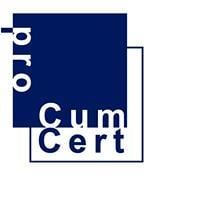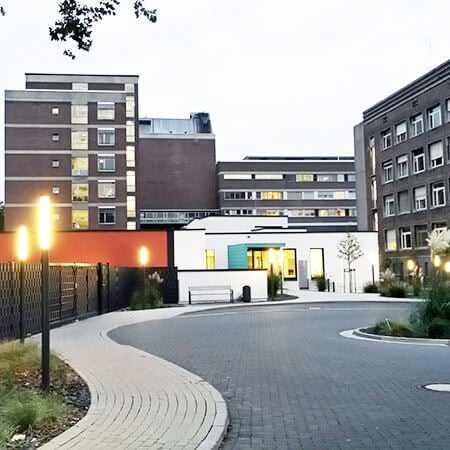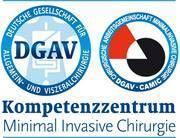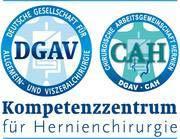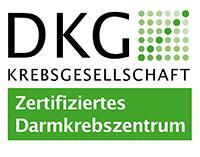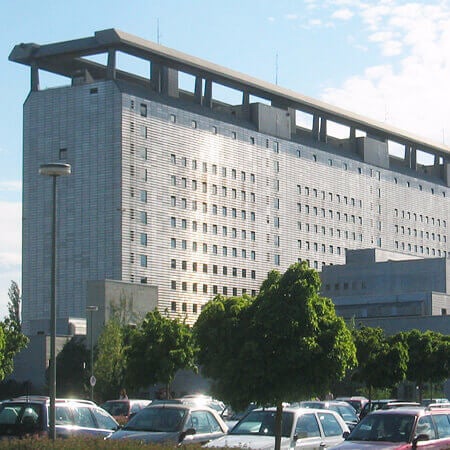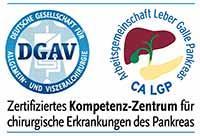In case of chronic hemorrhoids, some patients develop blood clots in the hemorrhoidal nodes. This condition is called perianal venous thrombosis. It is accompanied by unbearable pain. In one of three cases, the necrosis of the node wall occurs. The pathology can cause complications such as severe bleeding and purulent inflammation in the anus. Doctors abroad perform sparing minimally invasive procedures and operations for the treatment of the disease.
Content
- Causes
- Types of pathology
- Symptoms
- Diagnostics
- Treatment tactics
- Surgical treatment
- Where to undergo treatment
Causes
Perianal thrombosis is an acute complication of hemorrhoids. It occurs due to the development of blood clots in the hemorrhoidal nodes. This disease also has other names. These are as follows:
- Perianal venous thrombosis.
- Acute thrombosis of the external hemorrhoidal nodes.
- Anal or perianal hematoma.
- Thrombosed hemorrhoids.
- Hemorrhoidal thrombosis.
The causes of the pathology are unknown. Many patients report the onset of their first symptoms after heavy physical exertion or prolonged sitting. Acute perianal thrombosis develops more often in pregnant women.
Types of pathology
Here are some clinical variants of the disease that correspond to the severity:
- Node thrombosis without inflammation.
- Thrombosis with inflammation.
- Thrombosis with the spread of the inflammatory process to the subcutaneous fat, perianal skin, accompanied by necrosis (death) of the mucous membrane of hemorrhoidal nodes.
According to the localization of the process, thrombosis can be external or internal. In 85% of cases, a combined variant of the pathology is diagnosed.
Symptoms
The main patient complaints are as follows:
- Severe pain.
- Foreign body sensation.
- Bleeding that occurs when the area of the skin over the blood clot dies.
The pain can be more severe in the following cases:
- Defecation, especially difficult, in patients with constipation.
- After taking laxatives.
The most intense pain occurs in the first 1-2 days. The larger the thrombosed nodes, the stronger the pain syndrome. Even in the natural course of the disease, when the patient is not receiving treatment, thrombosis is not always complicated by inflammation. After a few days, the nodes decrease in size, and the pain becomes less pronounced.
Some patients may develop inflammation in the rectal area as a result of thrombosis. In this case, the pain intensifies and general symptoms such as weakness and fever develop.
In one of three patients, the wall of the node dies off. A hole is formed, and the blood clot comes out through it on its own.
Diagnostics
The basis of diagnostics is the assessment of patient complaints and objective examination: check-up, palpation of the anus. When conducting a diagnostic examination, the doctor may see a blue formation near the anus.
Laboratory diagnostics can assess blood loss and detect signs of inflammation.
The doctor's task is not only to make a diagnosis, but it is also important to determine the therapeutic tactics, to exclude or detect infectious complications of thrombosis: paraproctitis, phlegmon of the anus and others.
Treatment tactics
The most significant factor influencing the choice of treatment method is the period of diagnosis of perianal thrombosis. If the diagnosis is established within the first 3 days, surgery is performed. If the diagnosis is made later, doctors often use only conservative therapy.
Conservative therapy involves the use of pain relievers. These are local agents with anesthetics that "turn off" sensitivity in the area of application, as well as agents that relax the anal sphincter, namely calcium channel blockers and NO donors (nitrates).
To prevent blood clots, local agents with anticoagulants are used. Edema can be reduced due to the use of venotonic medications, which are drugs that increase the tone of the venous vessels. With the inflammation joined, nonsteroidal anti-inflammatory drugs and antibiotics are prescribed. For bleeding, vasoconstrictor agents are used.
Surgical treatment
The main goal of surgical treatment is pain relief. Other objectives include the prevention of complications such as bleeding or purulent inflammation in the anus.
The operations for perianal thrombosis are non-traumatic. They are quickly performed and immediately relieve the patient's condition. The main types of interventions are:
Blood clot evacuation. The doctor removes the clot from the blood vessel, and thus restores blood circulation in the tissues. Hemorrhoidal nodes are not removed. In the future, patients are recommended to have surgical treatment of hemorrhoids on a scheduled basis.
"Economical" hemorrhoidectomy. The operation to remove only the external thrombosed hemorrhoidal node. This surgery is more traumatic, but it has a lower risk of recurrence compared to blood clot evacuation.
Bleeding control. With heavy bleeding, doctors use various methods to stop it. These can be:
- Retroclusion.
- Sclerotherapy, which involves the introduction of a substance into the vessels that "glues" it and stops the blood flow.
- Ligation (bandaging) of the bleeding node.
Where to undergo treatment
To receive the highest level of medical care, you can undergo treatment of perianal thrombosis abroad. The specialists of the Booking Health company will select the best clinics for the treatment of perianal thrombosis for you. We will take care of the arrangement of your urgent treatment and emergency surgery in one of the developed countries.
There are several reasons for you to undergo treatment of perianal venous thrombosis abroad:
- High-precision diagnostics.
- Individual choice of treatment method, depending on the timing of treatment, the number of thrombosed nodes, the severity of pain, the presence of complications.
- Sparing minimally invasive methods of surgical debridement of thrombosis.
- The use of reliable surgical interventions with minimal risk of recurrent thrombosis.
- Additional minimally invasive procedures and surgical interventions to eliminate hemorrhoids.
- Sparing methods of stopping bleeding from hemorrhoidal nodes.
- Successful surgical interventions even in the most severe cases, with the development of infectious complications (paraproctitis, phlegmon).
- Low risk of complications.
- Quality postoperative care and recovery.
Please leave your request on the Booking Health website. Our specialist will contact you within just a few hours. If you book a medical care program via our service, the cost of the operation will be lower due to the lack of additional coefficients for foreign patients. You can compare prices in different hospitals in order to book your treatment at the best price.
Authors: Dr. Nadezhda Ivanisova, Dr. Sergey Pashchenko


